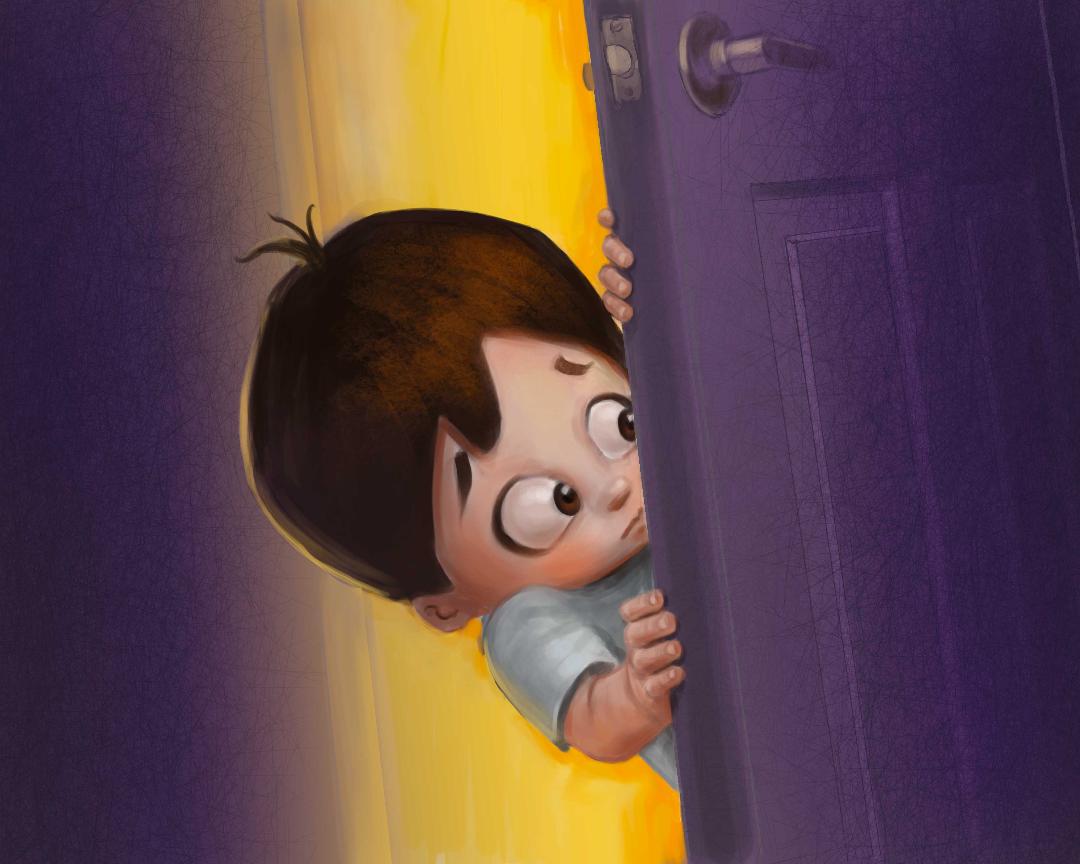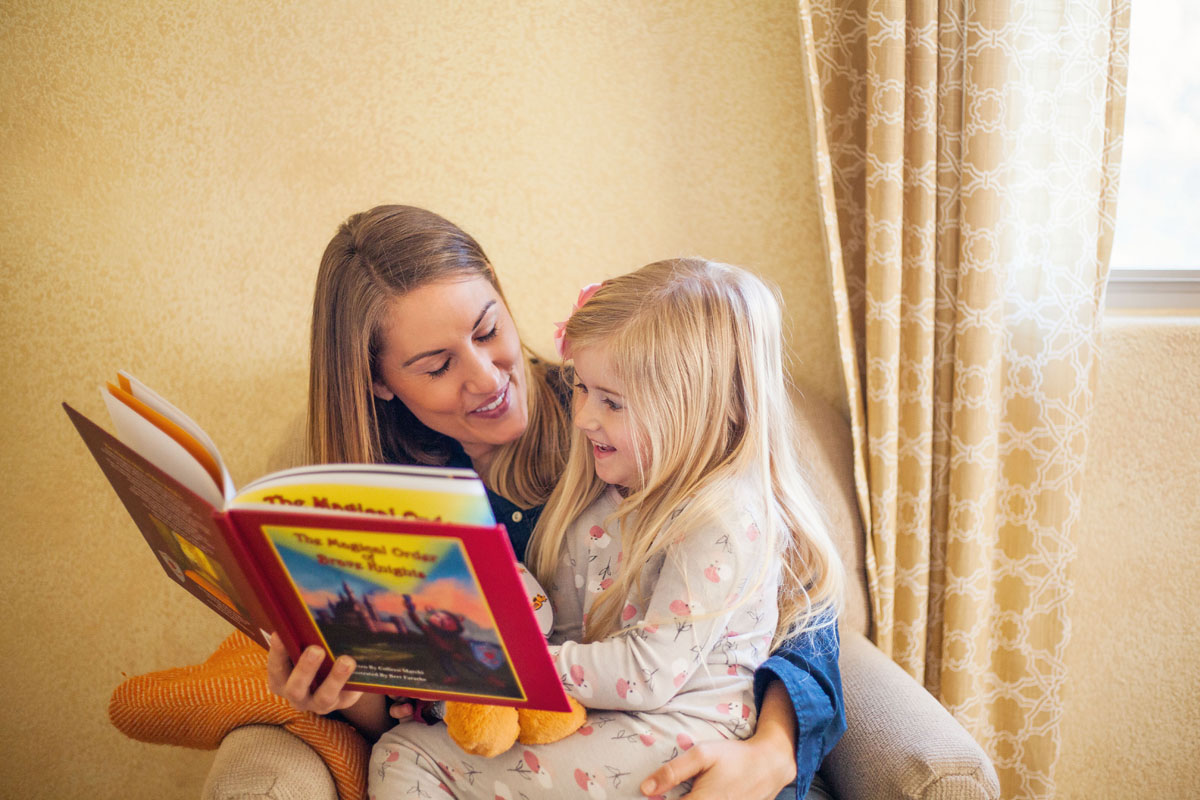Anxiety is fear, but it also so much more than that. Anxiety is state of constant worrying about a potential threat or event in the future and it can be hard to control anxiety’s cycle. When this worry becoming overwhelming, avoidance is often the response.
In a child, this avoidance shows itself in many different behaviors – tears, tantrums, sadness, withdrawing from activities or clinging to their parents. As frustrating as these behaviors can be, its important to know that these are all signs that they’re struggling with something.
Identify the Cause
Anxiety is always an important topic to address, but even more so now as the uncertainty in these unprecedented times brings out additional anxiety and stress. We experience it, and so do our children. It’s likely that COVID-19 has affected your child in ways you may not realize.
What will school look like in the fall? When can they go back to their friend’s house? Will they be able to play their favorite sport again?
Everything is uncertain. Everything seems to change from day to day. Just like you, your child wants everything to be normal again. As the new school year approaches and things are still different, this stress can be overwhelming and cause your child to spiral out on control.
It’s important to recognize the signs of anxiety and know what to do to control anxiety’s cycle. You can help your child manage their anxiety so that life – and bedtime – are all a bit simpler.
When the effects of this becomes too overwhelming for your child, know the signs and know how to control anxiety’s cycle.
Notice the First Sign of Fear
A worried thought or a what if question pops into your child’s head. What if I have a nightmare tonight? What if something scares me? What if something bad happens to mom or dad? These fears may get more and more powerful.
Look for Physical Responses
This is where their bodies go into fight or flight mode. Their heart rate increases. They may experience rapid breathing, a stomachache or a headache. These are all symptoms that their body is telling them to get away from the thing that is scaring them. This usually means that they run to mom or dad for help, especially in the night when they’re alone with their anxiety.
Watch for Avoidance Techniques
Avoiding the problem or the scary situation will prevent the worried thoughts and uncomfortable physical responses. Behavior changes, like avoidance, keep the body calm in a state of rest and digest. The short-term gain of not worrying may seem like a win, but it is not addressing the real fear. The relief is short lived, and the fear is still lurking and growing. For example, if a child is afraid of the dark, the avoidance technique may be sleeping in mom and dad’s bed each night. The fear is still there, it’s just being avoided.
This short-term gain causes more harm than good, as it prevents the development of long-term anxiety coping skills. Avoidance merely teaches the brain that the fear is more powerful and should not be addressed. It also undermines their self-confidence; they learn that fear can control their actions.
Now that you know the signs, you need to how to break the cycle.
Step 1
Sit down with your child and directly address their fears. Help your child identify what is scaring them or worrying them. This is a great time for us as a parent to just listen to them. Simply talking about their worry will help empower them.
Step 2
Come up with a plan to address the worry. Start with small things your child can do to face their fear, and slowly work up to bigger ones. The plan you make may take a long time to implement because those fears have been most likely brewing for a while and the avoidance behaviors are set. Make sure to validate and praise your child when you see them overcome something that was once scary for them. They will feel power and pride in themselves and it will increase their confidence to overcome another obstacle.
Step 3
Take time to breathe. Make a habit of it. Breathing is a great exercise to slow down the cycle of anxiety. Deep breathing exercises brings us to the present moment. It helps slow the physical responses to anxiety and helps the body and mind get back to calmer state. Help your child work through some simple breathing exercises, like these, so that they have a tool to help them control anxiety’s cycle.
Step 4
Keep checking back in with your child. Anxiety doesn’t end just because they overcame one fear. Check in on your child to see how their emotional and mental health is. Children won’t approach you and say, “I am sad,” or “I am worried,” so make a special effort to take care of their emotional health by playing a game with them or reading a book together. Then, continue to look for signs that the cycle of anxiety is returning.
Anxiety is inevitable, but it does not have to control your child’s life. In fact, learning to control and manage it can be tremendously empowering. Look for the signs. Know what to do.




